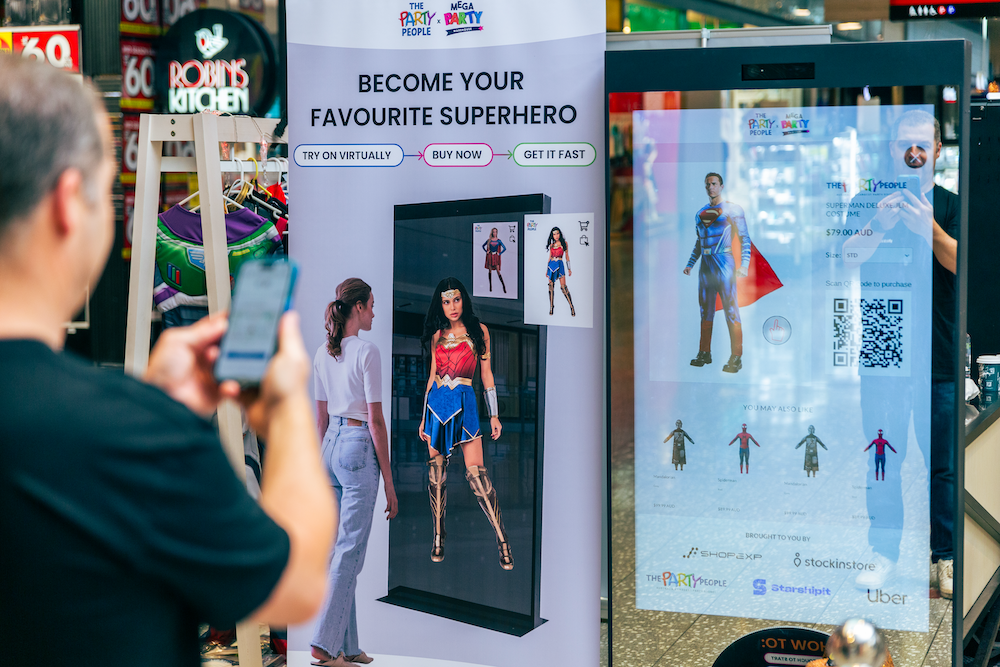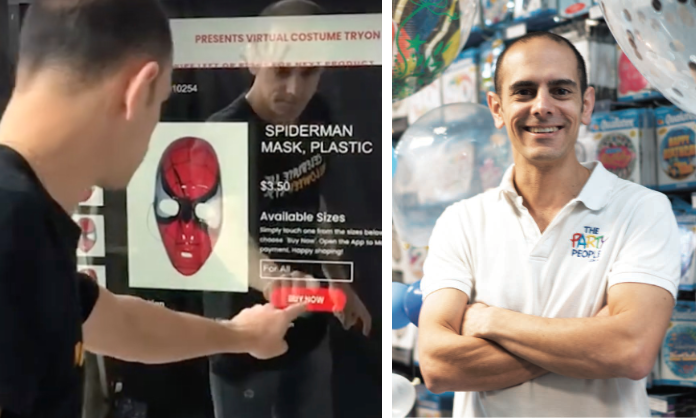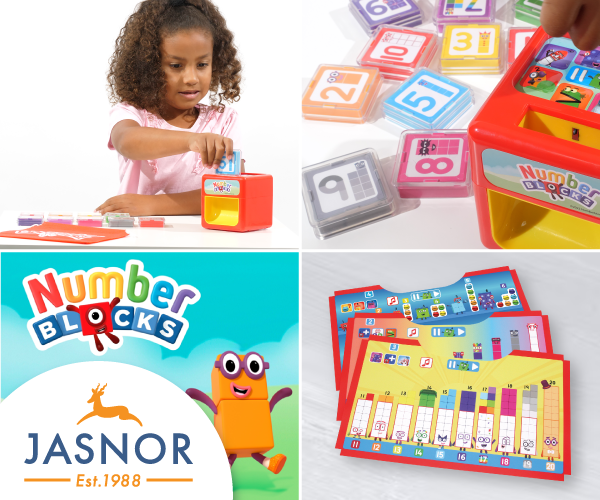The Party People have the largest range of party supplies, theme decorations, balloons and costumes in Australia. Dean Salakas (Chief Party Dude) writes a regular column for The Toy Universe and is passionate about parties, retail, fishing and sharing his business hacks with others. This is the follow-up column to Edition 2 of The Retailers Diary featured in Edition 6 of The Toy Universe Magazine.
People Behaviour is not what we think…
On day 1, We had a great looking professional pop-up site with the mirror facing outwards for people to see as they walked past. We had an engaging initial screen, we had pull up banners and the screen said “try for free”. Customers simply didn’t see it.
Hardly anyone used the mirror and in fact people walked past like they didn’t even see it. People coming to meet me even walked past it. Kids did seem to notice while walking past, but their parents were oblivious.
It was almost like people were in a trance and conditioned not to see our pop-up and looking straight through us. Maybe it was because the screens looked like shopping centre screens, or maybe because it looked like we were selling something, I am not sure. The same issue then persisted on day 2, so on day 3 we made many changes to the look of the pop-up and the initial screen.
We focused on making the site less professional and more fun and engaging with lots of Halloween decorations, sample costumes and balloons. The difference was instant and we had many people seeing us as they walked past and we caught their attention drawing them in to try our Augmented Reality Try On.
The User Experience
Initially following website methodologies, we setup how the mirror was to be used in a way that seemed simple and intuitive for us. How wrong we were. People were eager to use the mirror but struggled to use it.
I sat in a coffee shop every second day and worked from there as my office and watched interaction to provide feedback to the dev team and we rolled out 5 different deployments which reworked the customer experience.
The use of gestures to select items and buttons on a shoppable mirror is foreign to many people. Selecting items and clicking buttons might seem intuitive on a website but using gestures on a device like the mirror requires a different way of thinking about User Experience.
The use of gestures helps the mirror stand out as a fun and novel experience for people but like all new experiences, we had to guide the user because they were learning and exploring the idea of using gestures to select buttons on the fly.
The number of things we learned will take longer than we have in this story, but just as an example we had to locate buttons in areas away from the middle of the screen where your arm rests by your side because that is interpreted as resting on a button to select it.
Certainly we had to start from scratch, watch users, implement changes and repeat to refine the user experience for what is a new way to interact with a screen for most people that don’t have a Nintendo Wii at home.

Partnering and the Power Of Collaboration
With the right partners, anything is possible. The project would have cost over $150k but ended up costing me nothing.
I had to find what the partners wanted from the project, and try to form a mutually beneficial arrangement. Some wanted a guarantee of future incomes because they believed in the project, some wanted publicity and some wanted simply to be involved because they wanted to be part of something fun, cool and what could be the next new retail channel.
Stockinstore was instrumental in providing us with inventory into the mirror, click and collect management & ship from store management. They also went above and beyond to provide advice and assistance with other areas.
Shopexp provided technical expertise and hardware enabling Augmented Reality to be used as a try on feature.
Starshipit provided us access to multiple shipping providers especially 2 hour delivery with Uber. Uber was also instrumental in providing a great service so people could order on the mirror and get it delivered before they returned from the mall.
Other Learnings
The placement of the mirror in the shopping centre was critical and we really didn’t get that right.
- Foot traffic was not the highest where we were located.
- Internet / Wifi was poor in the area hampering users ability to checkout and users were forced to “hot spot” to complete a transaction and so walking 200 meters to the store proved easier. Having at least all 4g networks work at the location of the mirror is critical to transactions occurring before installation.
- Proximity to a store will impact if the mirrors purpose is for driving in-store traffic or generating direct conversions.
- Natural lighting, lights from other stores and reflective elements make it hard for customers to use the mirror and see their reflection in the glare.
- The say never have a list with an even number so just adding this based on that advice.
Key Benefits
We only generated a handful of transactions on the mirror, however we generated 20-40 in-store sales per day as a direct result of the mirror. We tracked the sales with a 10% discount coupon to be used at the store. This was a blessing and a curse. A blessing because of the sales and a curse because it deterred transactions on the mirror.
The exercise generated a huge amount of awareness for The Party People store located in a tucked away corner of Campbelltown, with minimal passing foot traffic. More importantly it provided the perception to customers that The Party People is the coolest, most fun and best party store in the area which is highly competitive.
Summary
In the planning, locating the mirrors near one of our stores seemed like a great idea because it provided for easier management and more instore sales but this was to the detriment of sales on the mirror itself.
It was a great result to generate so many sales but to prove the concept of a shoppable mirror as a stand alone store, it was not ideal and was certainly not helped by poor 4g and WIFI in that location.
When we started this exercise we knew that at worst it was going to be a great marketing exercise, and at best we would be rolling in extra sales. All up it is an amazing result for the business with a huge amounts of customer awareness and sales generated and exceeding our expectations.
What’s Next
Since starting this project I have been contacted by a number of parties to explore opportunities;
- Retail property groups
- Retailers in fashion, toys and beauty about using the technology in-store
- This includes pureplay interested in doing pop ups
- Execution on hoardings before stores open
- Use in shop windows
- Use as a shoppable screen on front of the store
- Use in stores change rooms to help people find more styles and offer somewhat endless isle capabilities
- Tech providers to further expand the project including one company who can integrate us to make a vending machine
The project team remains together and is working towards our next execution on hopefully one or multiple of the above. Additionally The Party People is looking at the use of the mirrors for more executions next Halloween so stay tuned!
Dean Salakas — Chief Party Dude
Connect with Dean on LinkedIn
This article is also featured in Edition 46 of The Bugg Report Magazine










